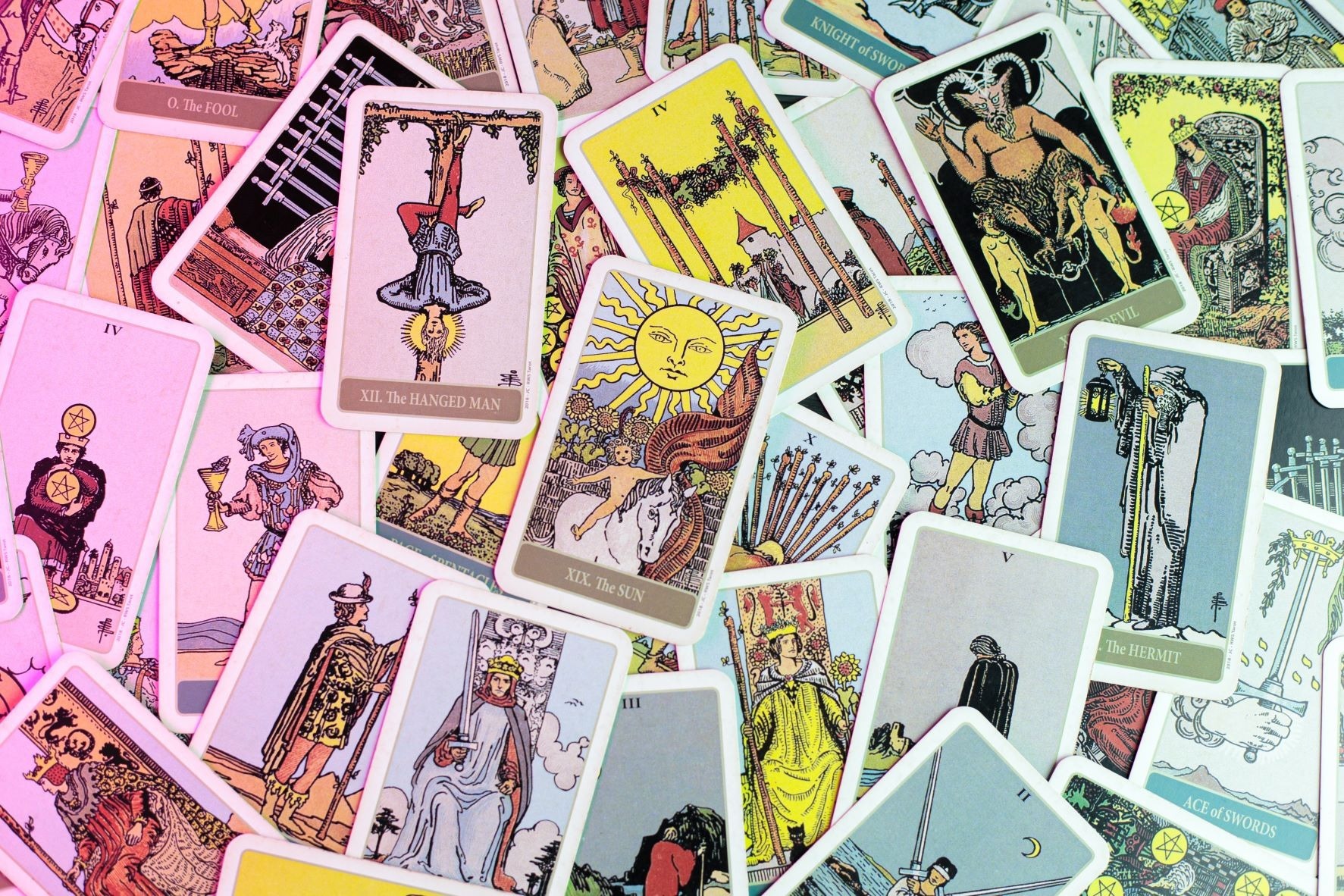
I’ve been spending these dark winter nights immersing myself in so-called “witch lit” – reading four of the many new books about witches published in the last year or so. My generation of 20-somethings enjoyed our fair share of feminist necromancy, with the TV show Buffy the Vampire Slayer and hit films like The Craft coming out in the mid-90s. I wanted to know what the current trend for witchy novels and non-fiction revealed about the tastes and dreams of today’s young women. How far are these books mere fantasies – wrapped up in social media-fuelled new age mumbo jumbo about tarot readings and manifestations – and how far are they grounded in genuine engagement with historical misogyny and patriarchal superstition?
In a change from traditional Gothic imagery, I noticed that some of these books are packaged in bright candy-coloured covers; acid pink in the case of Weyward, Emilia Hart’s much-heralded debut novel. Following three generations of English women in one family – in a 17th-century witch trial, the 1940s and the modern day – it does a good job of grappling with the idea that patriarchy and misogyny endure, even if they change their masks. But although I liked the idea of women having an animal affinity with the natural world of insects and reptiles, the novel has the fundamental problem of imagining witchcraft at some level, however benign, to be real.
Kirsty Logan’s Now She is Witch takes a more metaphysical approach, with echoes of the fantasy world of Game of Thrones or The Lord of the Rings, yet it is more satisfyingly realistic. Set in an impressionistic and non-specific Nordic mediaeval Europe, the heroine Lux navigates a theocratic Christian land of witch-burnings, exorcisms, controlling priests and superstitious warrior kings, where the only certainty is that women will be blamed for all wrongs.
Logan’s evocation of woman-hating perhaps draws on a growing popular knowledge of Scotland’s disturbing record of witch-hunting in the 16th and 17th centuries, powered by King James I’s (James VI of Scotland) obsession with them and his book Daemonologie. Scotland executed at least 2,500 people – overwhelmingly women – for alleged witchcraft. This was proportionally more than anywhere else in Europe and America. Scotland’s First Minister Nicola Sturgeon made a formal apology for the murders in March last year.
The King of Denmark and Norway even imported Scottish witchfinders – a fact I learned reading Anya Bergman’s impressive historically researched novel The Witches of Vardo, about the torture and murder of women there in the 1662-3 witch trials. The book evokes the superstitious madness of that era, with peasant women from fishing villages on the wild coast blamed for conjuring up storms that downed ships with valuable cargoes. Bergman emphasises the persecution of the Sami native people of the region, incorporating their own legends and ideas of healing into a story that inspired me to find out more about the real events. And, controversially, she imagines a sympathetic interpretation of the role of a real female figure, Anna Rhodius, demonised in historical accounts for her part in the convictions.
Against all this fiction, I also read a factual account of witch hunts that reads with the fluency of a novel. With all this interest in witch-lit, perhaps it’s no coincidence that The Ruin of All Witches: Life and Death in the New World, published in 2021, came back onto the UK bestseller charts in January. Historian Malcolm Gaskill tells the full story of a 1651 witch hunt in Springfield, Connecticut – from first accusation to trial and verdict. This was 40 years before the Salem trials.
Crucially, Gaskill writes to make us see the world as those early Puritans saw it; how their own psychological fears, of financial ruin, of neighbours, of Native Americans and the hostile elements, could seed the first accusations of witchcraft through how they interpreted their dreams: “The minds of sleeping colonists were transported to a place where the wilderness met the invisible realm and received supernatural revelations encoded as symbols of civility and savagery: angels and serpents. Here the devil turned fantasy into fact and made witches of the weak.”
Gaskill’s book cover is even in the same acid pink as Hart’s Weyward. The latter, like the other novels I’ve discussed, is fantasy. But, to their credit, all are rooted in this generation’s advanced awareness of real-life patriarchy, and the desire of these young women to connect to the historical misogyny endured by their ancestors.
This piece is from the New Humanist spring 2023 edition. Subscribe here.

